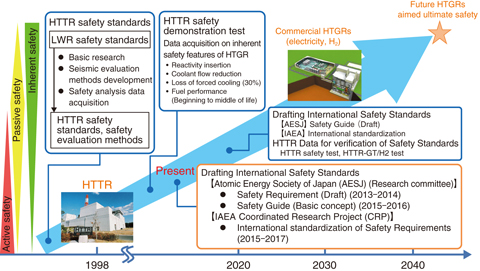
Fig.6-2 Activities for developing international safety standards for HTGR
Table 6-1 Safety requirements for HTGRs and light-water reactors

We are developing safety standards for High-Temperature Gas-cooled Reactors (HTGRs) that incorporate the HTGR safety features demonstrated using the High Temperature Engineering Test Reactor (HTTR) to deploy Japanese HTGR technologies at global markets and also make an international contribution to the sophistication of nuclear-reactor safety (Fig.6-2). The specific safety requirements, which are high-level standards defining functional requirements, for the design of commercial HTGRs have been developed by research committee under the Atomic Energy Society of Japan (AESJ).
The safety design approach was developed on the basis that the safety (i.e., lack of core meltdowns or significant radionuclide release) should be assured not by active systems or by operator actions but by inherent and passive safety features, even in the event of major structural failures such as large pipe breaks of the reactor-coolant-pressure boundary. We devised eighty-two safety requirements using safety function analysis and an objective-provision-tree method to analyze the functional requirements.
The significant differences between the IAEA safety requirements for LWRs and the developed safety requirements for HTGRs are summarized in Table 6-1. For the confinement of radionuclides, coated fuel particles (CFPs) are required to maintain their confinement performance not only in operational states but also under accidental conditions. This is a significantly different approach from that taken toward LWRs because the confinement performance of the fuel is required only during normal operation and anticipated operational occurrences in LWRs. In contrast, HTGRs do not use a leak-tight containment vessel but a confinement structure with a moderated leak. The HTTR safety-demonstration test shows that when the core becomes subcritical, it takes several hours to achieve recriticality and the core residual heat, including decay heat, can be removed from the core via the external surface of the reactor-pressure vessel using natural convection and radiation during loss-of-force cooling events without scram. At least two diverse and independent means of reactor shutdown are required, but an inherent shutdown feature is regarding as such means based on the HTTR data. HTTR data also suggest that passive means are required to remove heat from the core in order to utilize the advantages of HTGRs.
We are participating in an IAEA CRP on HTGR Safety Design, of which the member states are USA, Germany, China, Kazakhstan, Indonesia, etc. We aim to achieve international standardization of the developed safety requirements. We lead CRP activities to contribute draft international HTGR-safety standards that incorporate the superior HTGR-safety features, as demonstrated by the HTTR.
<Previous: 6 HTGR Hydrogen and Heat Application Research | Next: 6-2>